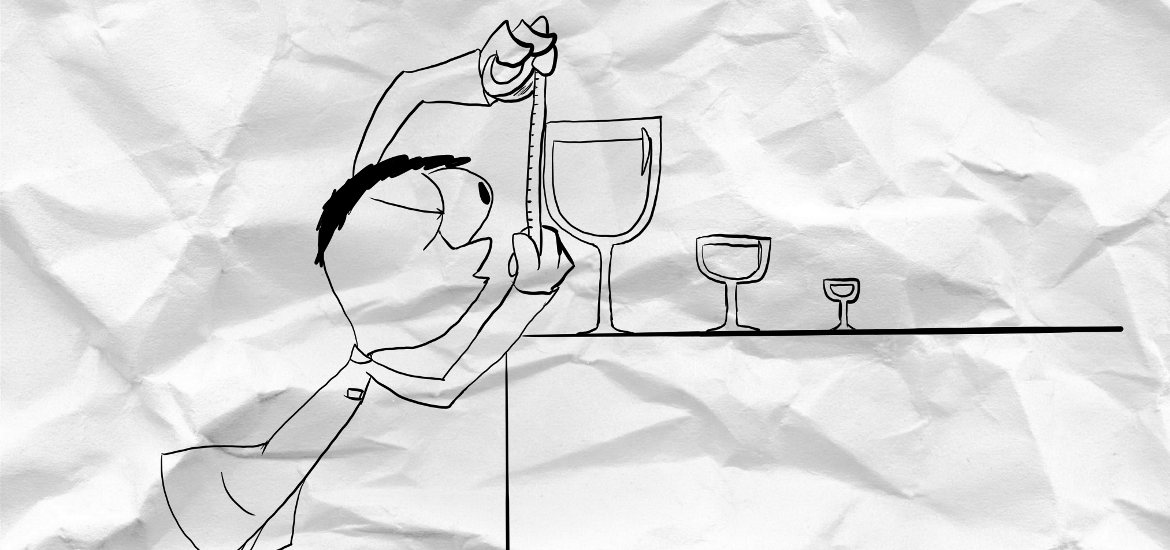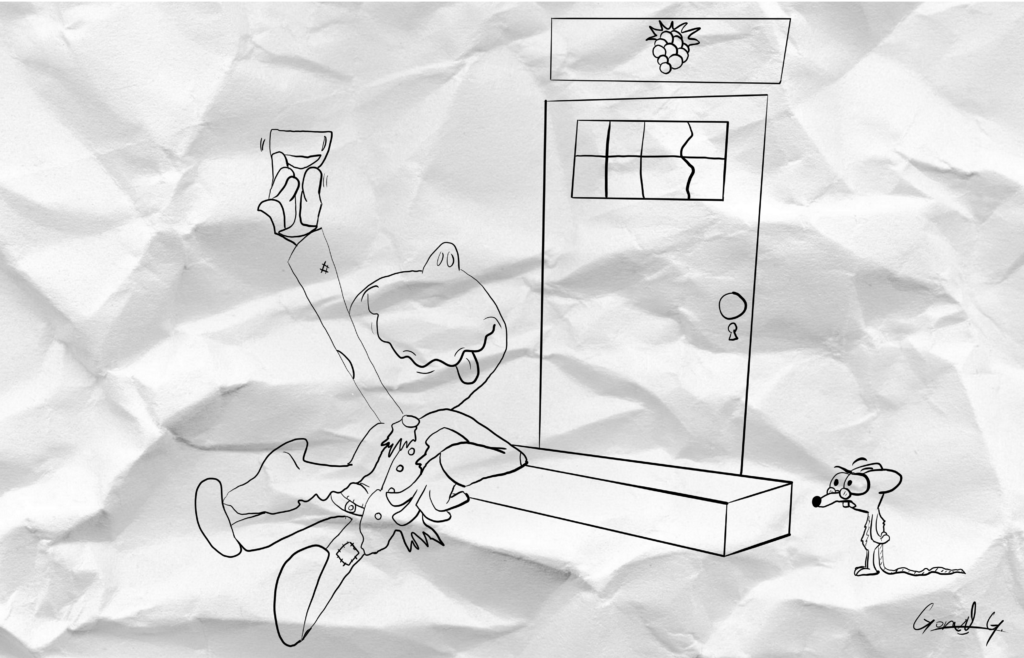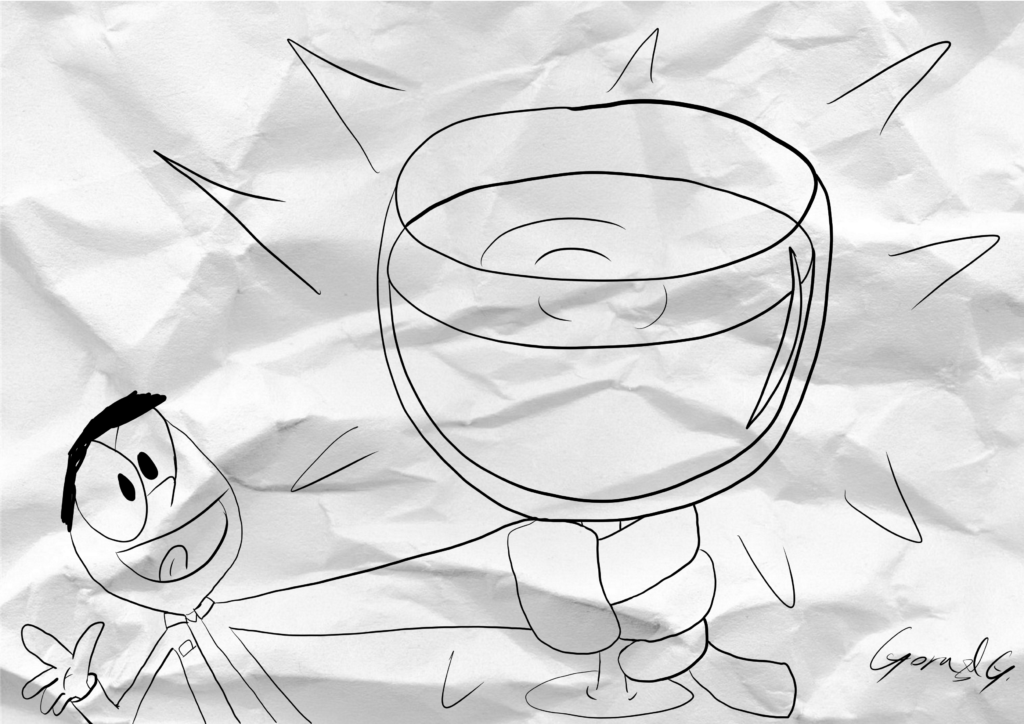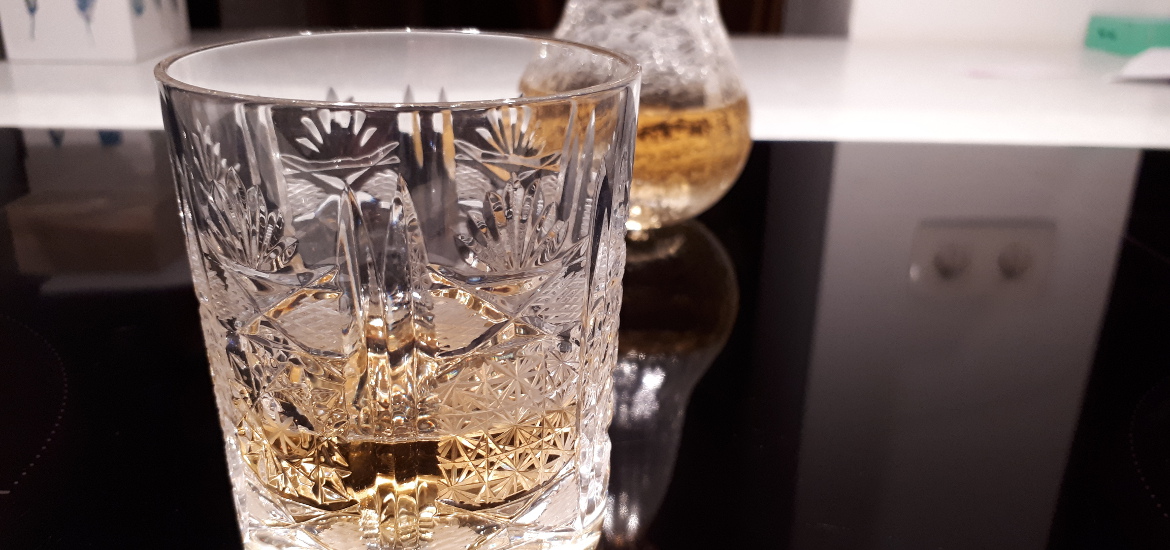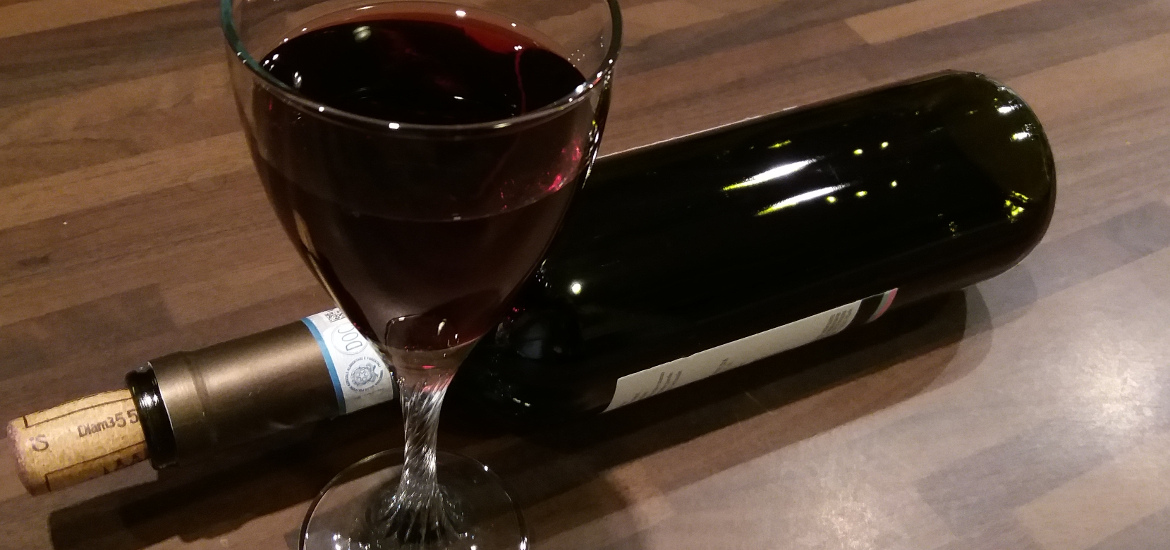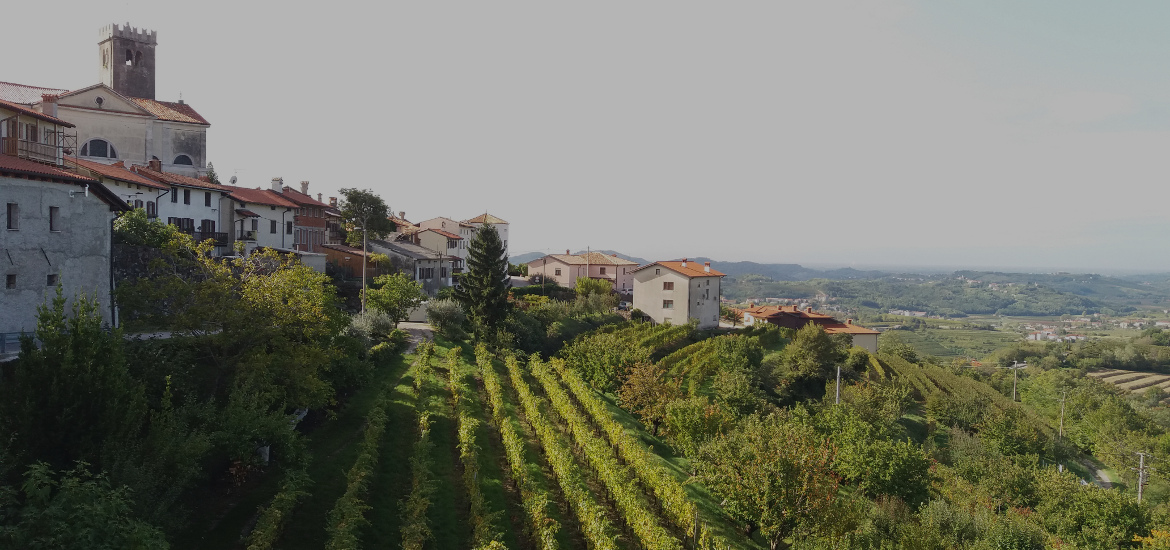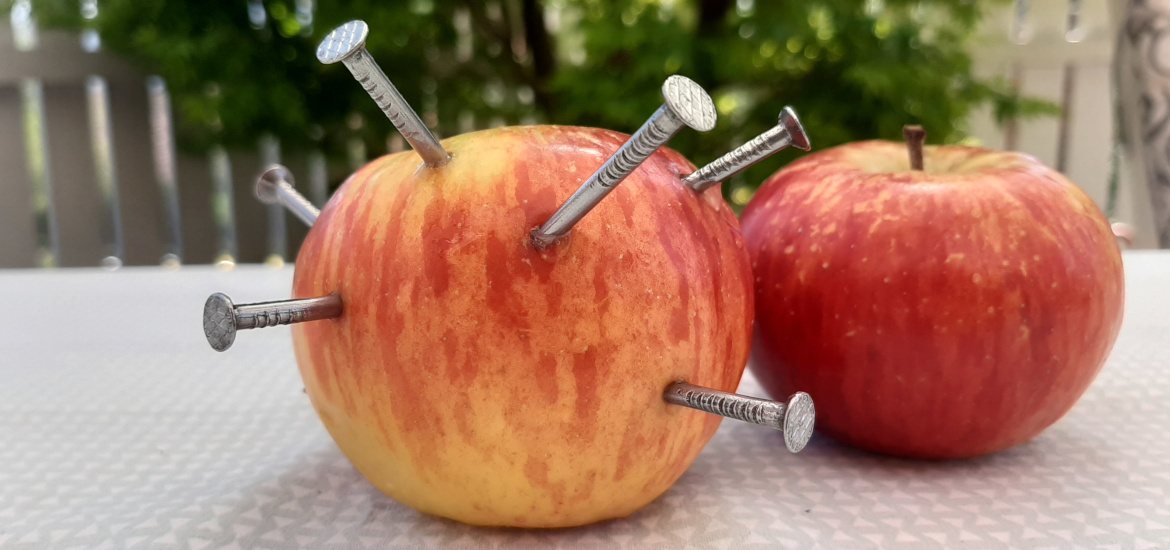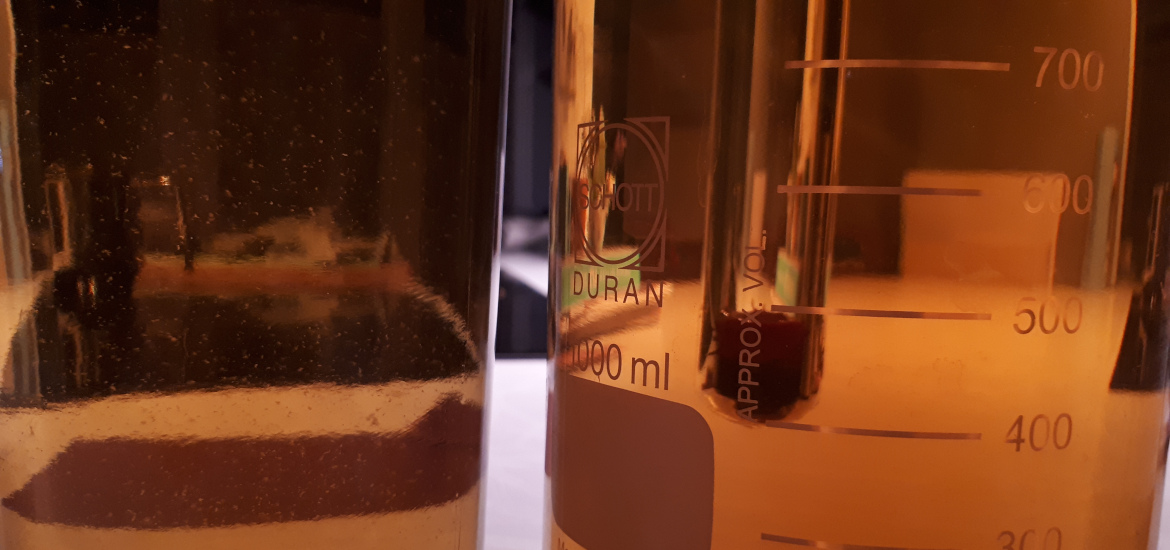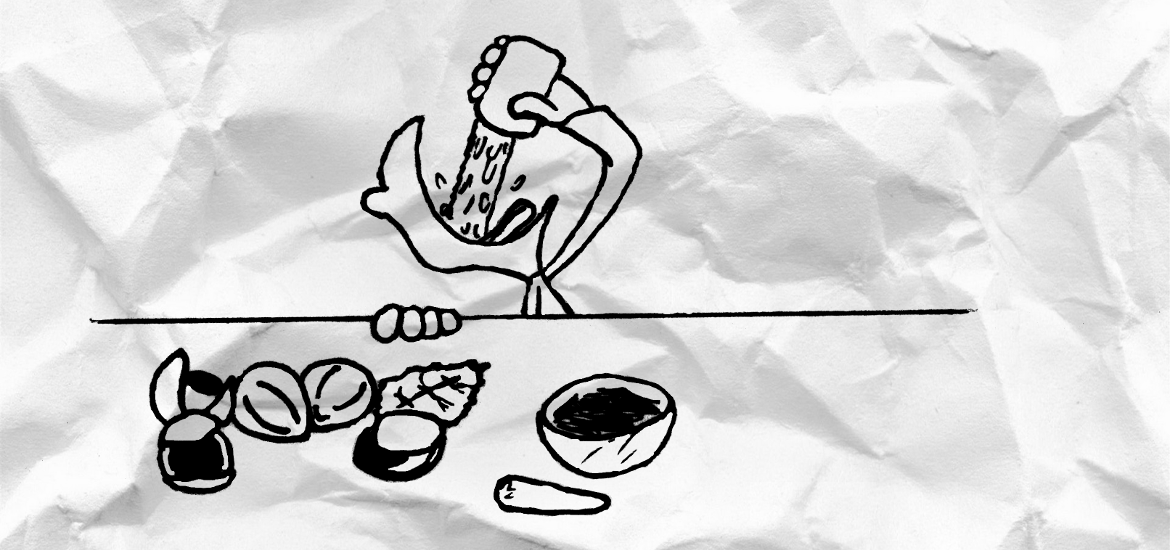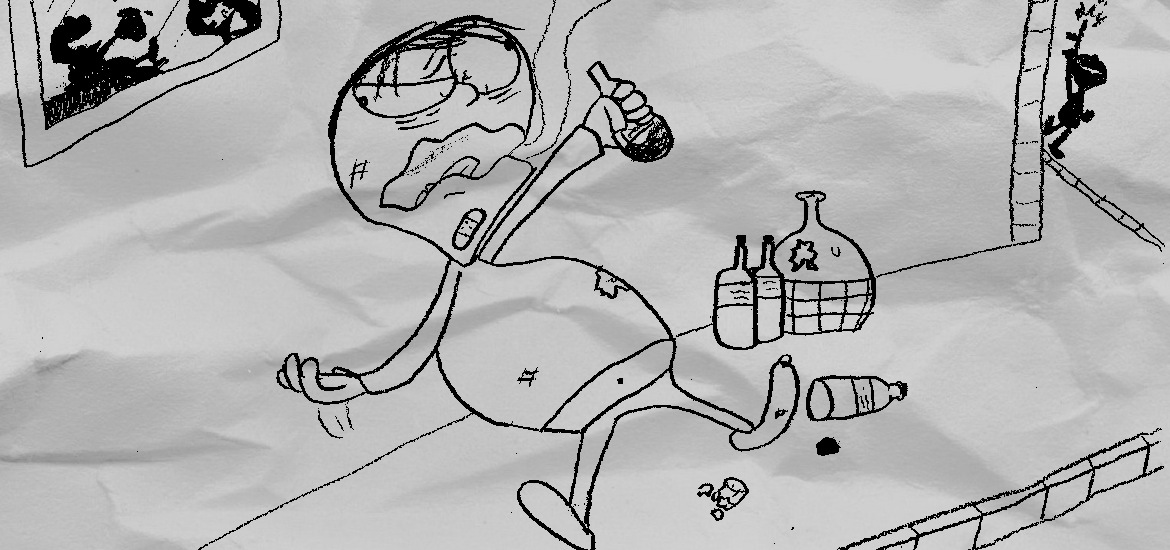Brandy is distilled from wine in the process I already described. But is any wine suitable for distillation? Some people even say that bad quality wine can be best used by turning it into brandy. Is there a limit to what can be turned into good, smooth brandy (or cognac)? Are there ways to adjust bad wine so that it will result in something great? Please keep in mind that my thinking is relevant for small batch production, not industrial scale. Base wine is not the thing I am going to explore here, but it will be used as a reference.
So what kind of wine is usually used?
Typically white wine with pH of around 3.2-3.5 and titratable (total) acids of 4-8 g/l (expressed as tartaric acid, titrated to pH 7) is prefered. Sulphur (usually in the form of sulfites) should be present in as low concentration as possible. Alcohol and sugar content can be quite variable, as described below.
SULPHITES
Sulphites (the usual form of sulphur in the wine) are necessary to preserve the wine, so they are always added to white wines. Additionally, sulphites are also produced by the yeast during fermentation in varying quantities. Wine low in sulphites is therefore preferable, but it is much harder to obtain and must be used fairly quickly. Fortunately sulphites (and related substances) can be removed during distillation by removing the first (head) fraction – as described here (page 9). Further, the precipitation of copper sulphate is also one of the mechanisms of reducing the sulphites, provided that you use copper stills. This precipitation is not desired on commercial scale, but it is fairly irrelevant on small scale. To sum up, sulphites in the wine are not desired, but can be removed fairly easily if you are not interested in optimal cost effectiveness of your process.
ACIDS
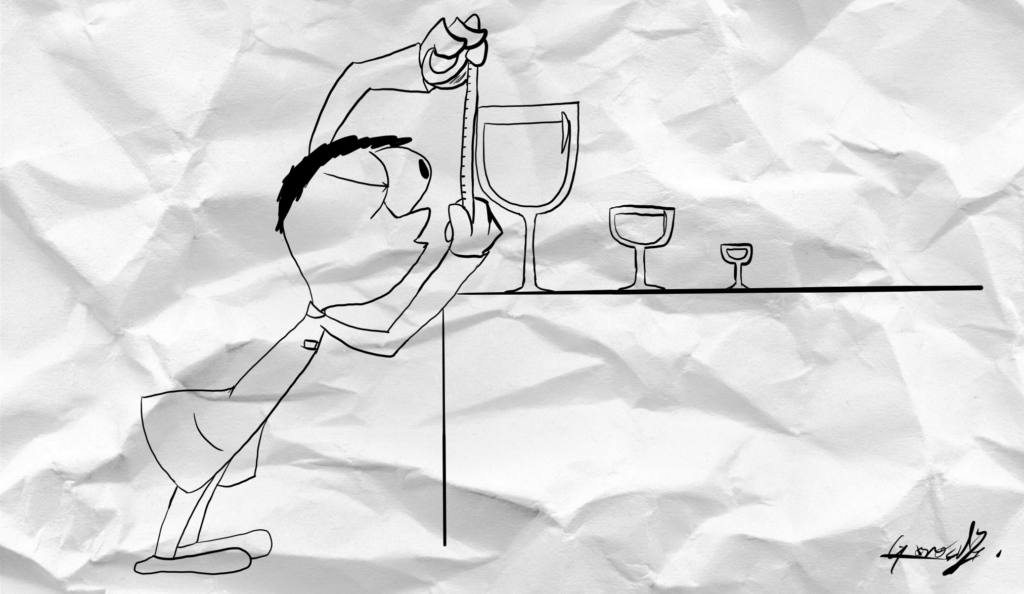 Acids in wine have strong influence on the taste, hence one can draw a direct correlation with brandy produced from wine. However, the correlation is not straightforward. Not all acids in wine are proportionally transferred to brandy. Non-volatile acids like tartaric and citric acid are transferred only partially, while volatile acids are almost completely transferred. Even better, volatile acids, of which acetic acids is the main one, can be easily controlled (or removed) during distillation. Provided you are willing to discard more of the first distillation fractions. Further, acid composition changes further during maturation in oak barrels, giving us even more freedom in terms of starting acids. Finally, base wine used in commercial production is fairly acidic, compared to regular wine. The main reason is microbiological stabilization, since low amounts of sulphites offer only limited protection. If commercial production of brandy is possible with high acids levels of base wine, this should be even less problematic for small batch production. So, in theory, acidity of wine – both volatile acids and total acids – is not a limiting factor for good brandy. Since it can always be compensated during distillation by removing more of the first distillation fractions.
Acids in wine have strong influence on the taste, hence one can draw a direct correlation with brandy produced from wine. However, the correlation is not straightforward. Not all acids in wine are proportionally transferred to brandy. Non-volatile acids like tartaric and citric acid are transferred only partially, while volatile acids are almost completely transferred. Even better, volatile acids, of which acetic acids is the main one, can be easily controlled (or removed) during distillation. Provided you are willing to discard more of the first distillation fractions. Further, acid composition changes further during maturation in oak barrels, giving us even more freedom in terms of starting acids. Finally, base wine used in commercial production is fairly acidic, compared to regular wine. The main reason is microbiological stabilization, since low amounts of sulphites offer only limited protection. If commercial production of brandy is possible with high acids levels of base wine, this should be even less problematic for small batch production. So, in theory, acidity of wine – both volatile acids and total acids – is not a limiting factor for good brandy. Since it can always be compensated during distillation by removing more of the first distillation fractions.
ALCOHOL
Alcohol concentration should be as high as possible (i.e. above 10%), but that is only due to efficiency consideration. Since the process involves concentration of alcohol, it does not matter much, from which concentration you start. Granted, you need much more energy and time if you start with low concentration, but that is mostly it. Even base wine, used on commercial scale, can have concentration of alcohol well below 10%.
SUGARS
Sugars present in the wine are practically not distilled during the distillation process. The levels of sugar in the starting wine is therefore not of a great importance. It is, however, practical that as much sugars present in the wine is fermented to alcohol, due to efficiency reasons.
RED WINE
Traditionally, white wine is used for brandy distillation, since white wine loses its quality much faster and more readily than red wine. But as times change, red wines are also being used to offer more variety. Red wines can be used in a mix with white wines, or as the sole component. As described above, for small batch production a wide quality of wine is acceptable, therefore red or white wine really does not means much of a difference.
Just a final reminder – if the starting wine is at least passable, we can definitely get a good brandy. But if the starting wine is strongly oxidized, more vinegar than wine or it has bacterial infections, it is not worth the effort.
